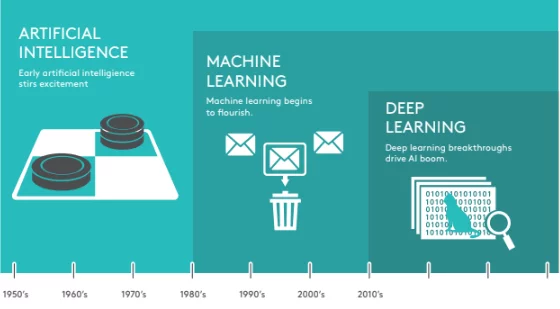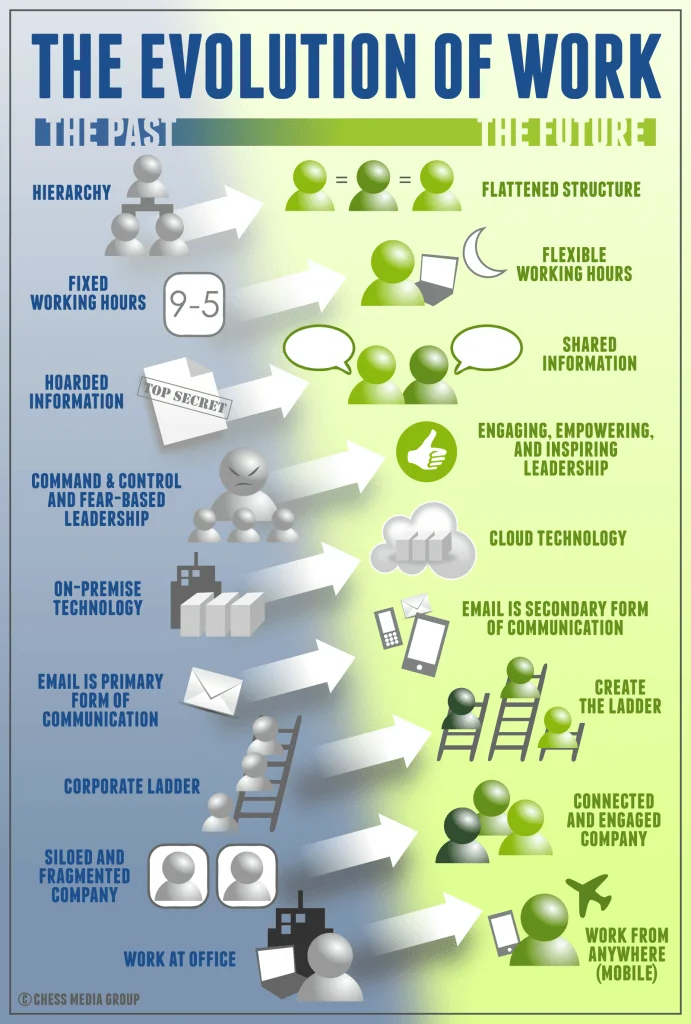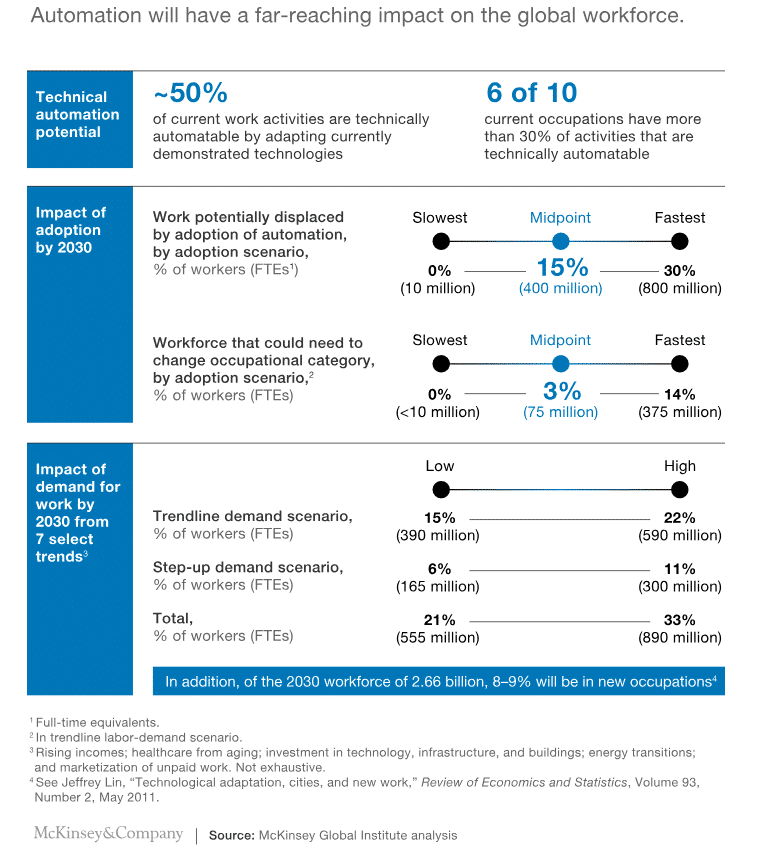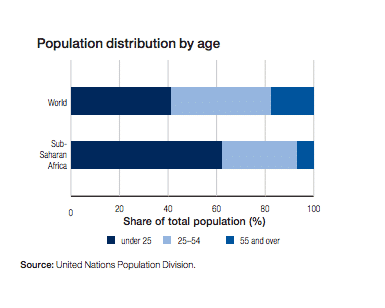Artificial Intelligence and Machine Learning are two terminologies currently taking the world of technology by storm. Often times though, the two terms are used interchangeably as though they mean the same thing. Yes, they are similar, but surely, they are not the same.
Defining AI and Machine Learning
Artificial Intelligence is one of the most poorly understood concepts. The 2017 Deloitte State of Cognitive Survey shows that even top business leaders don’t have a good understanding of the concept. Many perceive AI to mean superpower robots or hyperintelligent devices. Hollywood has been really “helpful” in pushing this agenda too.
Hence, in an attempt to get it right this time, perhaps a little history would help.
English Mathematician and Philosopher, Alan Turing is credited to be the originator of the concept in 1950 when he speculated “thinking machines” that had the ability to think like humans.
Few years after Alan Turing, we had John McCarthy. The American Scientist is believed to be the first to use the term Artificial Intelligence to denote machines that could think autonomously.
Today, researchers refer to AI as “machines that respond to stimulation consistent with traditional responses from humans, given the human capacity for contemplation, judgment and intention”.

What is Machine Learning?
On the other hand, the International Business Machines (IBM) define Machine Learning as a form of artificial intelligence that uses algorithms to enable a system to learn from data rather than through explicit programming.
Machine Learning follows the following process:
- Preparation of data
- Training of algorithm
- Generation of a machine learning model, and finally
- Making and refining predictions
To emphasize the significance of data in Machine Learning, Judith Hurwitz and Daniel Kirsch, authors of Machine Learning For Dummies, stated that “machine learning requires the right set of data that can be applied to a learning process.”
The Evolution of Work
Work and how it’s done is ever-changing. The caveman, armed with his bow and arrow would never have envisaged that a time would come when he wouldn’t have to leave his hut to get what to eat. But that’s the reality of today’s man who gets virtually everything done from anywhere using his internet-enabled devices.
Work has changed in the last couple of years so fast that everyone needs to constantly update himself to avoid being kicked out of his role. Some old roles are going extinct and new roles are emerging almost on a daily basis.
New behaviours and technologies are gaining entrance into organizations and all of these are mostly fueled by the consumer web.
Take a look at this graphics from Forbes which tries to do justice to the different areas in which work is changing, comparing the past to the future.

AI and Machine Learning in Africa
Most AI industries are currently domiciled outside Africa, in places like Europe, Asia and North America. But in a bid to not be left behind, entrepreneurs and technology stakeholders are putting in the effort to train computer scientists from the African region.
Google recently opened its first African AI Research Centre in Ghana. The centre is expected to develop solutions for healthcare, agriculture and education in Africa.
In an interview with BBC, Google’s Head of AI in Africa, Moustapha Cisse reveals that AI would help to automate translations making it easier for African nations to do business together. Considering the fact that over 2,000 languages are spoken on the continent, this would be solving a major problem of language barrier.
This is just an indication that AI has infiltrated Africa and it’s only a matter of time before it becomes really massive in the continent. The question now is; what’s its implication on the future of work?
The Future of work in Africa
The future of work has been of major concern to employers, policymakers and researchers since as far back as 2016. AI and Machine Learning remain at the forefront of paradigm shift in human resource management. Automation is becoming the order of the day, raising concern on the implication on workforce, especially in Africa.
There are strong indications that automation is going to significantly improve productivity and endless potential of digital technologies. Researchers foresee the impact of automation to be revolutionary and massive come 2030. Especially in top global economies like China, Japan, Germany, US, UK and India. This, however, depends on the rate of adoption.
Meanwhile, there is a growing concern for how all of these would impact the future of work in Africa. Researchers, businesses and policymakers have continually raised concern for the fate of Africa’s ever-growing workforce in the next coming decades due to the scarcity of reliable workforce dataset and infrastructural deficit.
Going by Economic performance indicators, Sub-Saharan Africa have been quite impressive in recent times economically. World Bank reports show that Sub-Sahara Africa keeps a gradual and steady economic recovery in 2018 at a 3.1% having a projection of 3.6% growth on the average in 2019/2020. However, the progressive economic transformation in Africa becomes less exciting considering its population boom.
Findings by the World Economic Forum as contained in a document titled, “The Future of Jobs and Skills in Africa”, “Sub-Saharan Africa currently only captures 55% of its human capital potential, compared to a global average of 65%. With more than 60% of its population under the age of 25, Sub-Saharan Africa is the world’s youngest region. By 2030, the continent’s working-age population is set to increase by two-thirds, from 370 million adults in 2010 to over 600 million in 2030.”
The research revealed further that there is a 52% projected increase in the share of the workforce with at least a secondary education by 2030, compared to 36% in 2010.
Staying at about 66%, according to the International Labour Organization’s 2018 Trends report, Africa has the highest rate of vulnerable employment i.e self-employment or unpaid family work. The report suggests further that “in 2017, 290 million African workers are estimated to be in vulnerable forms of employment — a figure that is expected to go up by nearly 9 million in 2018, with the largest increase in sub-Saharan Africa.”
This is the current state of things in Africa despite the low adoption rate of AI and Machine Learning. So what happens when automation completely takes over?
Conclusion
The truth is that most new technologies (including AI and Machine Learning) create new jobs just as they eliminate old jobs. According to Gartner, AI will eliminate 1.8m jobs by 2020 but also create 2.3m jobs – an additional 500,000 new jobs.
What matters most is preparation for what is coming. To prepare for this, those whose jobs are/would be threatened by AI can be retrained for new roles which would be powered by AI. Interestingly, their education would be fast-tracked by the same AI-driven technology.
More and more people in Africa need to learn about AI as part of the preparation for the future. AI is going to eliminate a lot of jobs, but it would also create a lot more. The question is would you be fit for the new roles?












